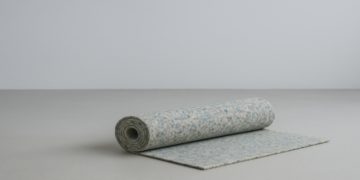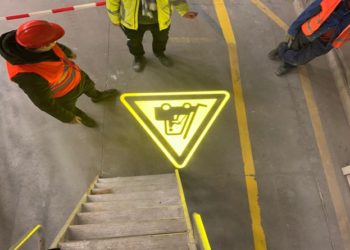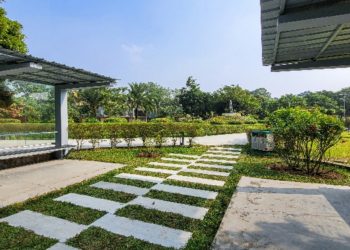Modular aggregate equipment has become a popular choice across minerals, mining, quarrying, and construction. Many businesses that once relied on fixed static setups are now investing in modular plants for crushing, washing, and screening. The shift reflects a growing need for flexible sites, faster setup times, and the ability to scale production without long delays. Understanding why modular equipment is gaining so much attention starts with understanding what modular means and how it differs from older static plant layouts.
What Is Modular Aggregate Equipment
Modular aggregate equipment is designed around pre-built units that fit together to form a complete plant. Each unit serves a clear purpose, such as primary crushing, secondary crushing, screening, or washing. The key idea is that the units are built off-site, tested, and then delivered ready to be assembled. This approach removes a lot of the uncertainty that comes from building a plant on location. It also cuts down on the time spent waiting for groundworks, fabrication, and other processes that often slow down traditional installations.
A modular setup also makes future changes easier. If a business needs extra screening capacity, another screening module can be added without changing the entire layout. If a plant needs to be moved from one location to another, the modules can be taken apart and transported with far less disruption. This level of adaptability appeals to companies that work across several quarries or manage multiple contracts throughout the year.
Modular equipment brings a feeling of order to site planning. Because the modules are standardised, operators know exactly how each section fits together and what performance they can expect. The layout is predictable, which helps with planning output and managing teams on site.
Modular Vs Static Plants
Static plants have been the traditional choice for decades. They are built directly onto foundations, often customised to the specific site. This can work well when the ground conditions, layout, and long-term plans are fixed. Many quarries with long lifespans still prefer static setups for their primary operations because they know the plant will stay in place for many years.
However, static plants come with clear trade-offs. They take longer to build and require more civil work. Once built, they are difficult to adapt. If a quarry decides to change its product mix or needs a higher output, upgrades can become expensive and disruptive. Moving a static plant is rarely practical, which means businesses often rely on the same setup even when it no longer suits the project.
Modular plants offer a more flexible path. They arrive in pre-engineered units that do not need complex foundations. Assembly is straightforward and much faster than building an aggregate plant from scratch. The plant can also be expanded or reduced depending on the contract. This flexibility is why modular equipment has grown in popularity across sectors that must respond to changing demand and project timelines.
For contractors, modular setups support a more agile way of working. Instead of turning down projects due to limited capacity, businesses can bring in new modules or reconfigure their layout. This allows them to take on varied jobs without making long-term commitments that carry unnecessary risk.
Common Use Cases Of Modular Aggregate Equipment
Modular equipment suits a wide variety of applications across mineral processing, quarrying, and construction. One of the most common uses is in temporary or short-term sites. When a project has a defined lifespan, it does not make sense to invest in a full static plant. A modular plant can be brought in, assembled quickly, used for the project, then removed once the work is complete.
Another popular use case is contract crushing and screening. Contractors often work across several sites throughout the year. Modular units let them offer a reliable service without being tied to a single location. They can move the plant between quarries to match demand. This mobility helps contractors stay competitive and react to opportunities with confidence.
Modular plants are also helpful when a business needs additional capacity during peak periods. Instead of investing in a full new static line, operators can add extra modules to boost output. This is a cost-effective way to manage seasonal or project-driven increases in demand.
In expanding quarries, modular setups support gradual growth. A site might start with a small plant and add more units as the quarry develops. This reduces upfront investment and allows businesses to build capacity based on real production needs.
Modular washing plants have become popular where water access is limited or where environmental rules require more controlled systems. The units are designed for easy installation and are often more efficient at handling water recycling.
Final Thoughts
Modular aggregate equipment gives operators more control over their production planning, contract work, and long-term investment. With quicker setup times, easier transport, and the option to scale output, modular plants offer a practical alternative to traditional static layouts. As sites continue to evolve and demand becomes less predictable, modular systems allow businesses to stay flexible, productive, and ready for new opportunities.
David Prior
David Prior is the editor of Today News, responsible for the overall editorial strategy. He is an NCTJ-qualified journalist with over 20 years’ experience, and is also editor of the award-winning hyperlocal news title Altrincham Today. His LinkedIn profile is here.











































































